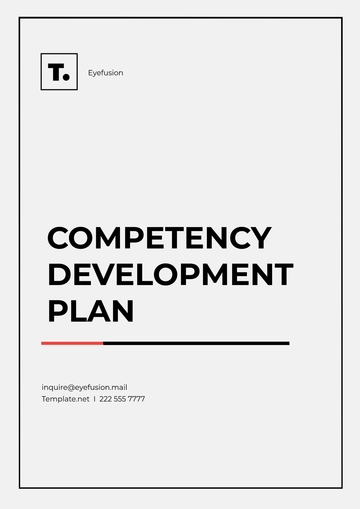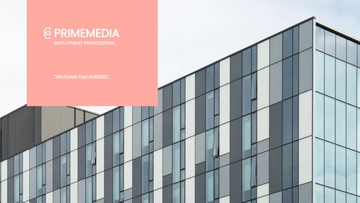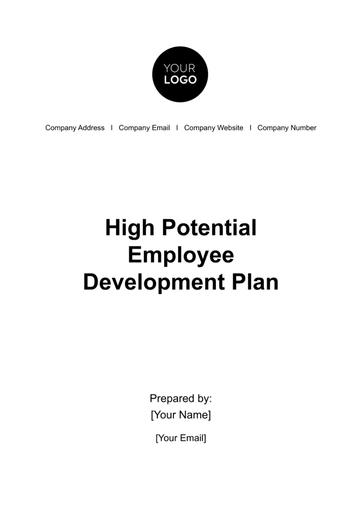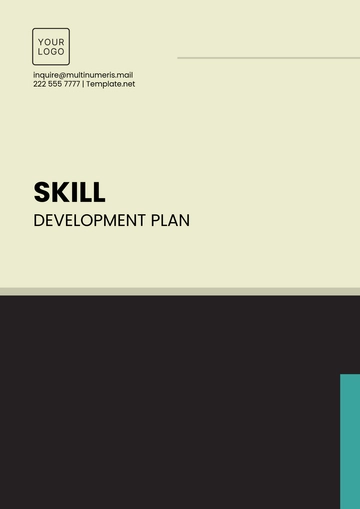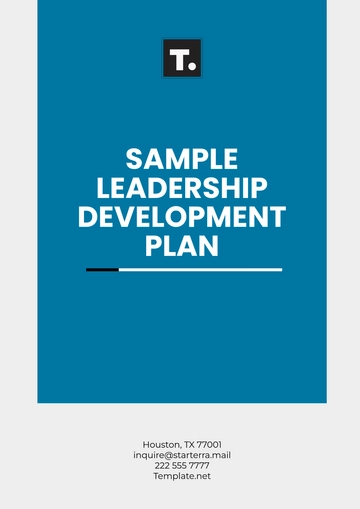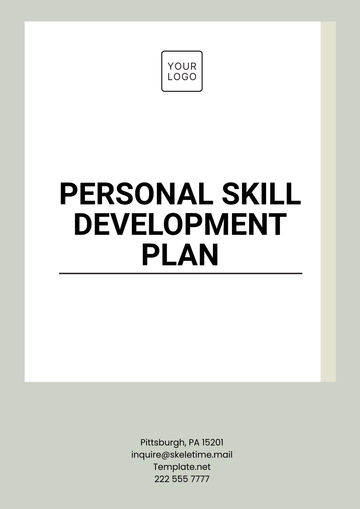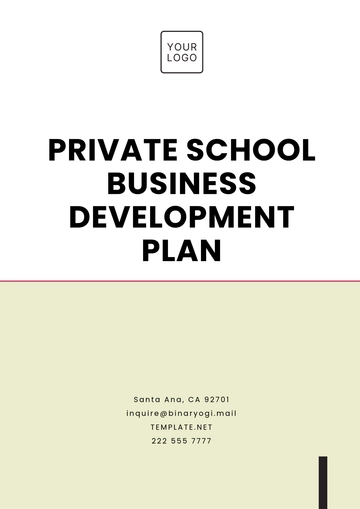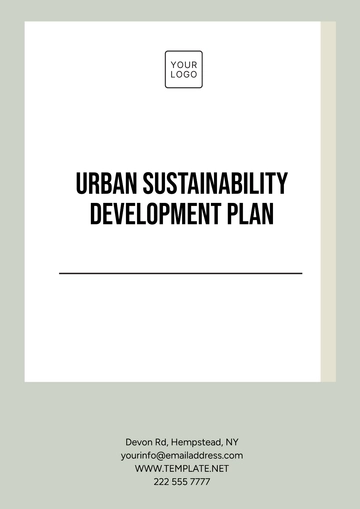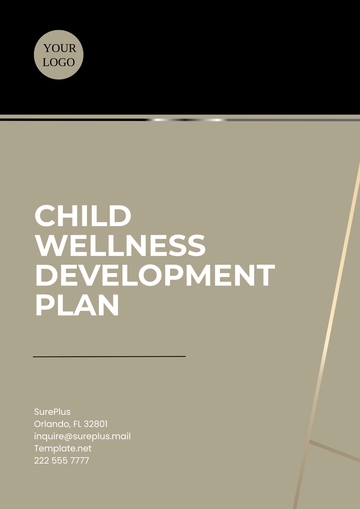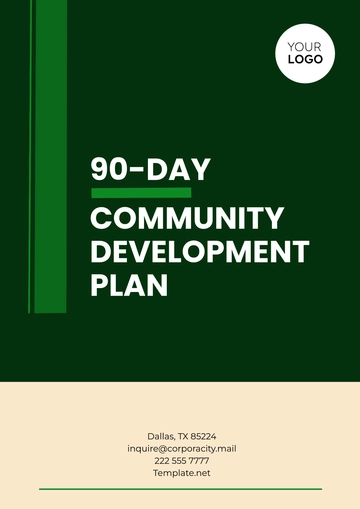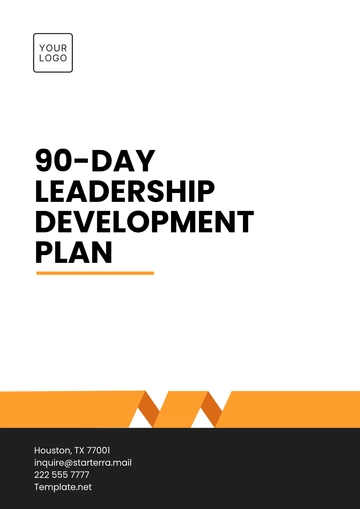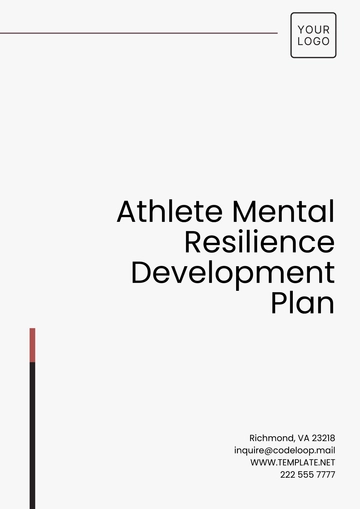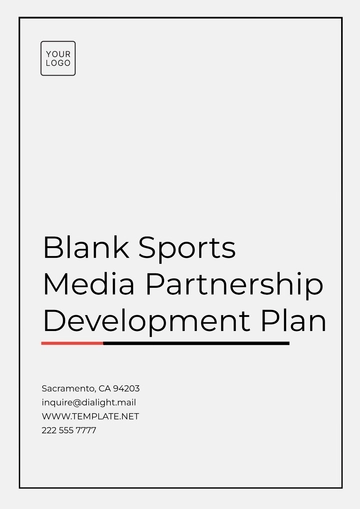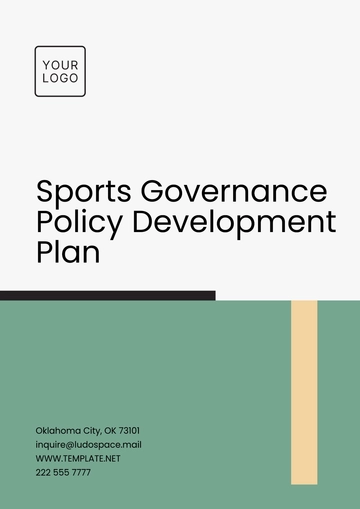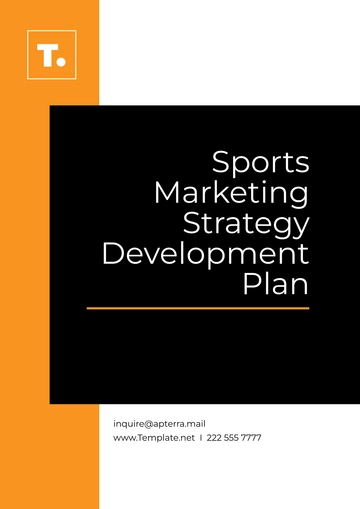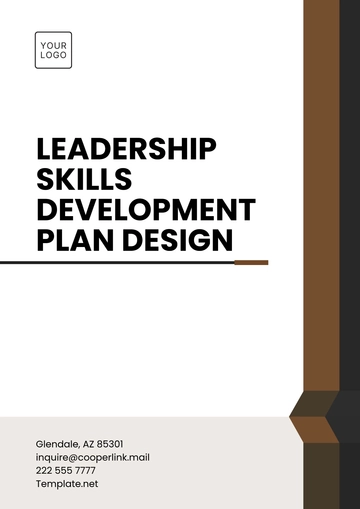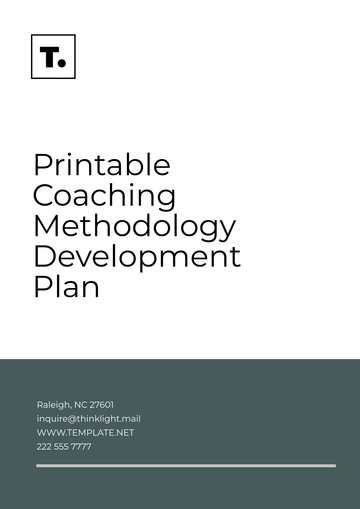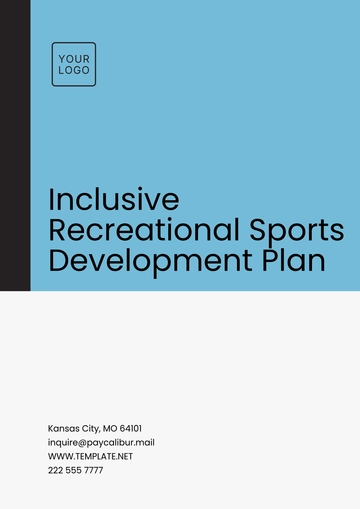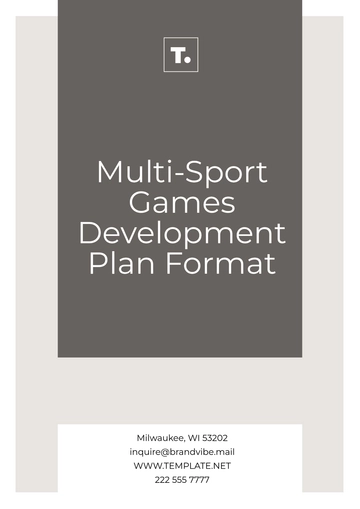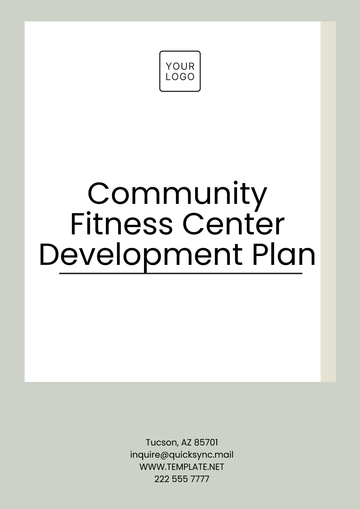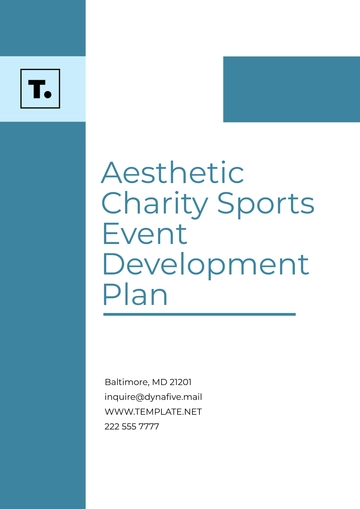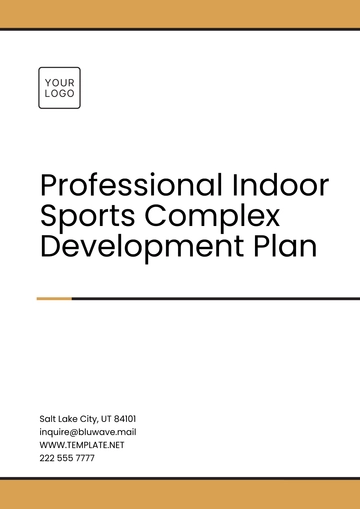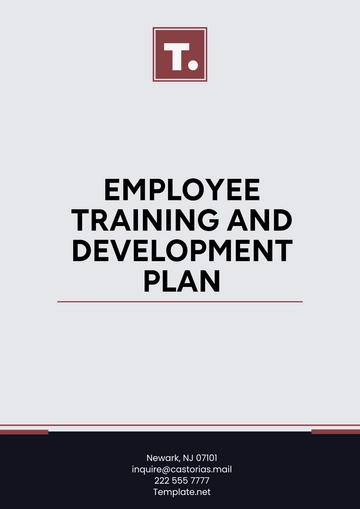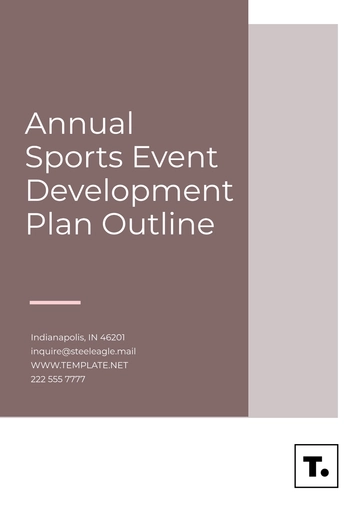Free Interior Design Brand Development Plan
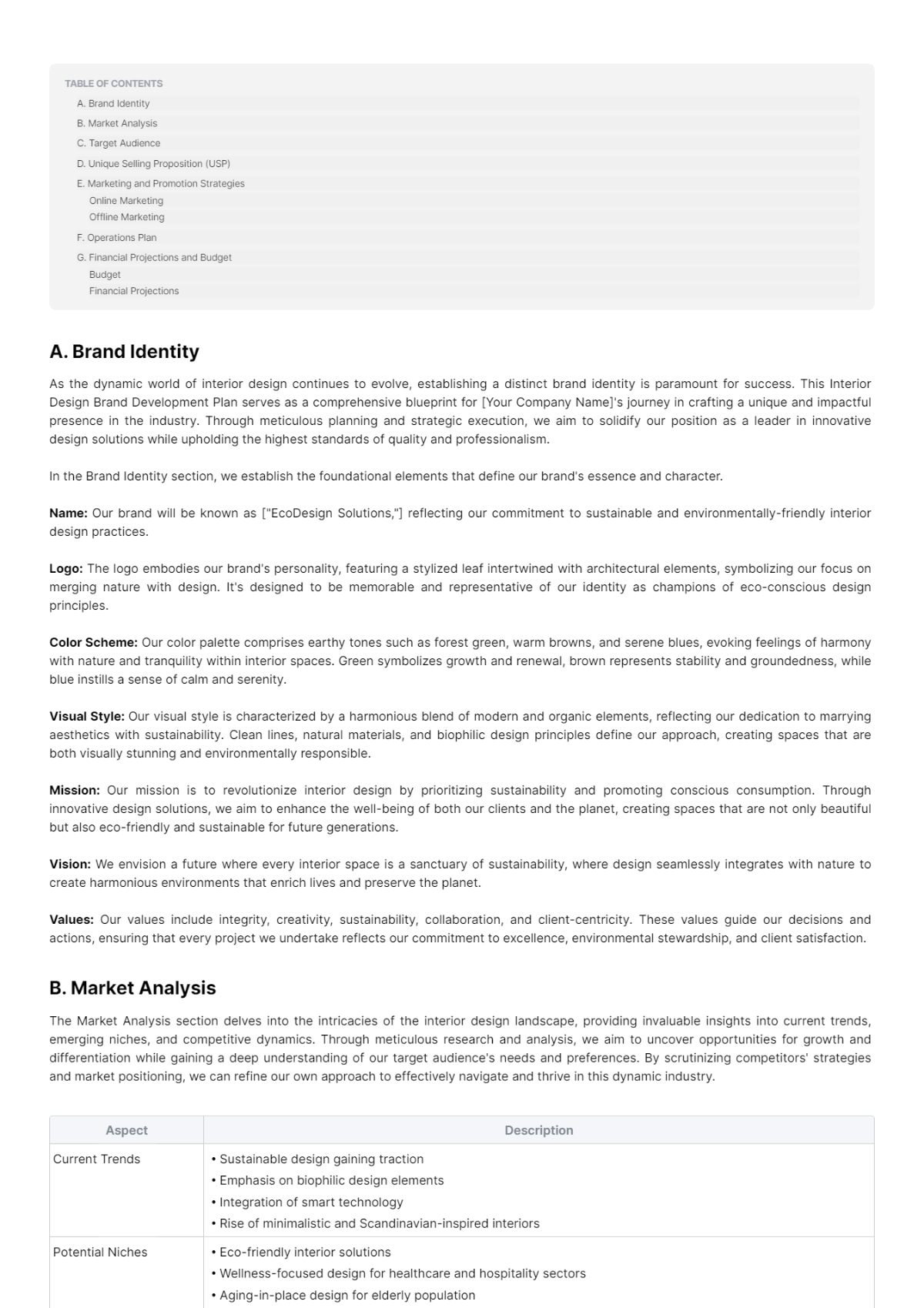
A. Brand Identity
As the dynamic world of interior design continues to evolve, establishing a distinct brand identity is paramount for success. This Interior Design Brand Development Plan serves as a comprehensive blueprint for [Your Company Name]'s journey in crafting a unique and impactful presence in the industry. Through meticulous planning and strategic execution, we aim to solidify our position as a leader in innovative design solutions while upholding the highest standards of quality and professionalism.
In the Brand Identity section, we establish the foundational elements that define our brand's essence and character.
Name: Our brand will be known as ["EcoDesign Solutions,"] reflecting our commitment to sustainable and environmentally-friendly interior design practices.
Logo: The logo embodies our brand's personality, featuring a stylized leaf intertwined with architectural elements, symbolizing our focus on merging nature with design. It's designed to be memorable and representative of our identity as champions of eco-conscious design principles.
Color Scheme: Our color palette comprises earthy tones such as forest green, warm browns, and serene blues, evoking feelings of harmony with nature and tranquility within interior spaces. Green symbolizes growth and renewal, brown represents stability and groundedness, while blue instills a sense of calm and serenity.
Visual Style: Our visual style is characterized by a harmonious blend of modern and organic elements, reflecting our dedication to marrying aesthetics with sustainability. Clean lines, natural materials, and biophilic design principles define our approach, creating spaces that are both visually stunning and environmentally responsible.
Mission: Our mission is to revolutionize interior design by prioritizing sustainability and promoting conscious consumption. Through innovative design solutions, we aim to enhance the well-being of both our clients and the planet, creating spaces that are not only beautiful but also eco-friendly and sustainable for future generations.
Vision: We envision a future where every interior space is a sanctuary of sustainability, where design seamlessly integrates with nature to create harmonious environments that enrich lives and preserve the planet.
Values: Our values include integrity, creativity, sustainability, collaboration, and client-centricity. These values guide our decisions and actions, ensuring that every project we undertake reflects our commitment to excellence, environmental stewardship, and client satisfaction.
B. Market Analysis
The Market Analysis section delves into the intricacies of the interior design landscape, providing invaluable insights into current trends, emerging niches, and competitive dynamics. Through meticulous research and analysis, we aim to uncover opportunities for growth and differentiation while gaining a deep understanding of our target audience's needs and preferences. By scrutinizing competitors' strategies and market positioning, we can refine our own approach to effectively navigate and thrive in this dynamic industry.
Aspect | Description |
|---|---|
Current Trends |
|
Potential Niches |
|
Competitive Landscape |
|
Target Audience |
|
C. Target Audience
The Target Audience section illuminates the diverse spectrum of individuals and organizations that stand to benefit from our interior design services. By meticulously defining the demographic and psychographic profiles of our potential clients, we gain invaluable insights into their preferences, aspirations, and pain points. This comprehensive understanding enables us to tailor our offerings and marketing strategies to effectively engage and resonate with our target audience, ultimately driving business growth and fostering long-lasting client relationships.
Audience Segment | Demographic Characteristics | Psychographic Characteristics |
|---|---|---|
Affluent Homeowners |
|
|
Real Estate Developers |
|
|
Commercial Entities |
|
|
D. Unique Selling Proposition (USP)
The Unique Selling Proposition (USP) section articulates the distinctive qualities that differentiate our brand from competitors and resonate deeply with our target audience. By highlighting our unique strengths and value propositions, we aim to captivate the attention of potential clients and compel them to choose our interior design services over alternatives. This section delves into the core aspects of our brand identity that set us apart, ensuring that our offerings are not only compelling but also tailored to meet the specific needs and desires of our discerning clientele.
Unique Selling Proposition (USP) | Description | Appeal to Target Audience |
|---|---|---|
Eco-Conscious Design | Commitment to sustainable design practices, using eco-friendly materials and implementing energy-efficient solutions to minimize environmental impact. | Appeals to eco-conscious consumers seeking ethical and environmentally-friendly design options. |
Personalized Approach | Tailored design solutions that cater to the unique preferences and lifestyle of each client, ensuring that every project reflects their individual tastes, needs, and aspirations. | Attracts affluent homeowners who value personalized service and desire spaces that reflect their identity and lifestyle. |
Innovative Technology Integration | Embracing cutting-edge technologies such as virtual reality (VR) and augmented reality (AR) to provide clients with immersive design experiences and visualize their spaces before implementation, enhancing communication and collaboration. | Appeals to tech-savvy clients who appreciate innovative solutions and seek a modern, interactive design process. |
E. Marketing and Promotion Strategies
In this section, we outline comprehensive strategies to effectively reach and engage with our target audience, both online and offline. By leveraging various marketing channels and promotional tactics, we aim to increase brand visibility, generate leads, and foster meaningful connections with potential clients.
Online Marketing
Social Media Marketing: We will maintain active presence on popular social media platforms such as Instagram, Facebook, and Pinterest, showcasing our portfolio, design inspirations, and behind-the-scenes content. Engaging posts, captivating visuals, and interactive storytelling will be key to building a strong online community and driving traffic to our website.
Content Marketing: Our blog will serve as a hub for informative and inspirational content related to interior design trends, tips, and case studies. By providing valuable insights and solutions to common design challenges, we aim to position ourselves as industry thought leaders and attract organic traffic through SEO optimization.
Email Marketing: We will implement targeted email campaigns to nurture leads and keep our audience informed about new services, promotions, and industry updates. Personalized newsletters and exclusive offers will incentivize subscribers to stay connected and engage with our brand.
Offline Marketing
Public Relations: Building relationships with local media outlets, influencers, and industry publications will help us garner positive press coverage and establish credibility within our community. Press releases, feature articles, and collaborations with reputable brands will amplify our brand presence and reach a wider audience.
Advertising: Strategic placement of print ads in lifestyle magazines, home decor publications, and local newspapers will increase brand visibility among our target demographic. Additionally, we will explore targeted online advertising options such as Google Ads and sponsored content on relevant websites to expand our reach and drive qualified leads.
Trade Shows and Events: Participation in industry trade shows, home expos, and community events will provide valuable opportunities to showcase our work, network with potential clients and industry professionals, and stay abreast of emerging trends and market developments. Interactive booth displays, workshops, and speaking engagements will help us leave a lasting impression and solidify our position as a reputable interior design firm.
F. Operations Plan
The Operations Plan section offers a comprehensive overview of the internal workings of our interior design business, detailing the organizational structure, team responsibilities, and operational processes. By delineating the workflow from client acquisition to project completion, we ensure seamless coordination and efficient project delivery. This section also addresses any physical resources, tools, and software utilized for design and project management, optimizing our operational efficiency and enhancing client satisfaction.
Aspect | Details |
|---|---|
Organizational Structure |
|
Roles and Responsibilities |
|
Operational Workflow |
|
Physical Resources |
|
G. Financial Projections and Budget
The Financial Projections and Budget section offer a glimpse into the future financial health of our interior design business. By forecasting revenue, expenses, and profit margins, we gain insight into the viability and sustainability of our operations. This section also outlines a comprehensive budget plan, allocating resources for marketing, operations, salaries, and other key expenses. Through prudent financial management and strategic pricing strategies, we aim to achieve our revenue targets and drive business growth.
Budget
Category | Budget Allocation ($ thousands) |
|---|---|
Marketing | 100 |
Operations | 150 |
Salaries | 300 |
Materials | 200 |
Overheads | 100 |
Miscellaneous | 50 |
Total | 900 |
Financial Projections
The financial projections outline the anticipated revenue for [Company Name] over the span of six years, from 2054 to 2059. These projections are based on thorough market research, historical data analysis, and consideration of industry trends and economic conditions.
Year 2054: The projected revenue for 2054 is $1.2 million, representing the initial phase of business operations as we establish our brand presence and acquire our first clients.
Year 2055: Revenue is forecasted to increase to $1.5 million in 2055 as we expand our client base and capitalize on initial successes to drive growth.
Year 2056: With continued momentum and increasing brand recognition, revenue is expected to reach $1.8 million in 2056 as we solidify our position in the market and pursue strategic partnerships and collaborations.
Year 2057: The upward trajectory continues with projected revenue of $2.1 million in 2057, fueled by ongoing client satisfaction, repeat business, and word-of-mouth referrals.
Year 2058: Revenue is forecasted to grow to $2.4 million in 2058 as we leverage innovative design solutions, expand our service offerings, and explore new market opportunities.
Year 2059: The financial projections culminate with anticipated revenue of $2.7 million in 2059, reflecting sustained business growth, enhanced operational efficiency, and a solidified reputation as a leader in the interior design industry.
These projections serve as a guiding framework for strategic decision-making, resource allocation, and performance evaluation, ensuring that [Your Company Name] remains on track to achieve its long-term financial goals and objectives.
In conclusion, the Interior Design Brand Development Plan lays the groundwork for [Your Company Name]'s journey towards establishing a distinctive presence in the dynamic interior design landscape. With a clear vision, strategic approach, and unwavering commitment to excellence, we embark on this exciting endeavor, poised to elevate spaces, inspire creativity, and leave an indelible mark on the world of design.
- 100% Customizable, free editor
- Access 1 Million+ Templates, photo’s & graphics
- Download or share as a template
- Click and replace photos, graphics, text, backgrounds
- Resize, crop, AI write & more
- Access advanced editor
Elevate your brand with the Interior Design Brand Development Plan Template from Template.net. This customizable and editable document simplifies the creation of plans for developing your interior design brand. Tailored for the design industry, it ensures clarity and professionalism in outlining strategies, goals, and action steps. Editable in our Ai Editor Tool, it facilitates seamless customization to meet your firm's specific brand development needs effectively.
